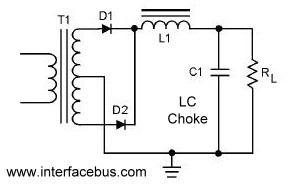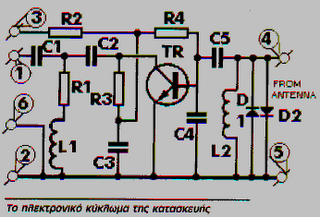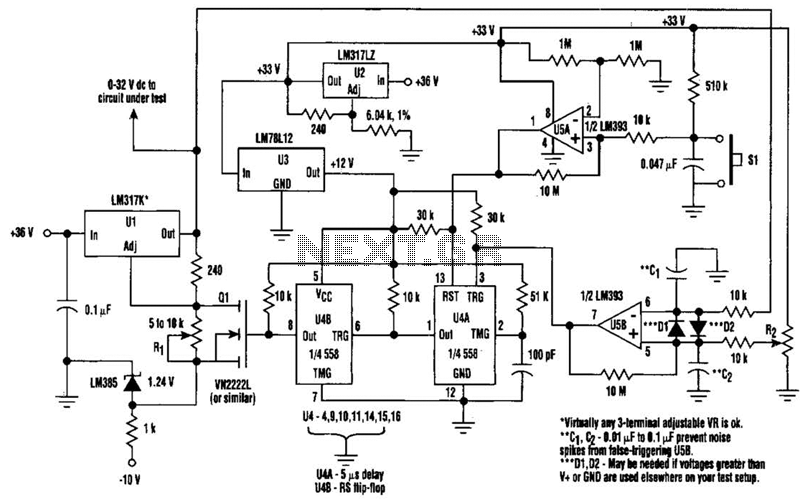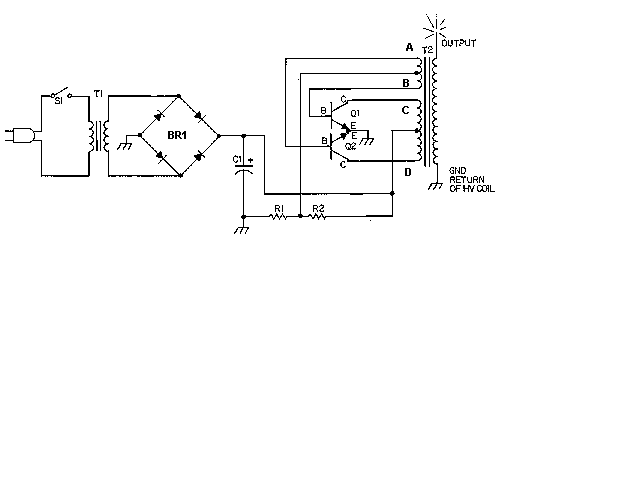
Using voice instead of phone ringing message controller circuit

The call is made using the ISD1016 language chip for voice generation instead of a traditional phone ringing message controller schematic circuit. This controller can store messages, music, songs, or other sounds, serving as an alternative to monotonous ringing.
The ISD1016 is a versatile voice recording and playback device that allows for the storage of audio messages, making it an ideal choice for enhancing communication systems. The device operates on a simple principle: it records audio signals and plays them back when triggered. Its architecture includes a built-in microphone for recording, a speaker output for playback, and the necessary circuitry to control these functions.
In a typical application, the ISD1016 is integrated into a circuit that includes a power supply, control logic, and user interface components. The power supply provides the necessary voltage and current to operate the chip, while the control logic manages the recording and playback operations. This can be achieved through the use of microcontrollers or dedicated control switches that allow users to initiate recordings or playback.
The controller can be configured to store a variety of audio clips, such as personalized messages or music tracks. This flexibility allows users to customize their phone's ringing experience, moving away from standard ringtones to more engaging audio selections. The ISD1016 supports multiple playback modes, including single-play, loop, and repeat functions, which can be selected based on user preference.
To implement this in a schematic, key components would include the ISD1016 chip, a power supply circuit (often involving capacitors and voltage regulators), interfacing buttons or switches for user input, and an audio output stage, typically comprising an amplifier and speaker. The circuit would also require appropriate bypass capacitors to ensure stable operation and minimize noise during playback.
Overall, the integration of the ISD1016 language chip into a communication device not only enhances user experience but also opens up possibilities for creative audio applications, making it a valuable addition to modern electronic designs.The call is made using language chip ISD1016 voice instead of using the phone ringing message controller schematic circuit. The controller can store messages, music, song, or other sounds, as an alternative to monotonous ringing.
The ISD1016 is a versatile voice recording and playback device that allows for the storage of audio messages, making it an ideal choice for enhancing communication systems. The device operates on a simple principle: it records audio signals and plays them back when triggered. Its architecture includes a built-in microphone for recording, a speaker output for playback, and the necessary circuitry to control these functions.
In a typical application, the ISD1016 is integrated into a circuit that includes a power supply, control logic, and user interface components. The power supply provides the necessary voltage and current to operate the chip, while the control logic manages the recording and playback operations. This can be achieved through the use of microcontrollers or dedicated control switches that allow users to initiate recordings or playback.
The controller can be configured to store a variety of audio clips, such as personalized messages or music tracks. This flexibility allows users to customize their phone's ringing experience, moving away from standard ringtones to more engaging audio selections. The ISD1016 supports multiple playback modes, including single-play, loop, and repeat functions, which can be selected based on user preference.
To implement this in a schematic, key components would include the ISD1016 chip, a power supply circuit (often involving capacitors and voltage regulators), interfacing buttons or switches for user input, and an audio output stage, typically comprising an amplifier and speaker. The circuit would also require appropriate bypass capacitors to ensure stable operation and minimize noise during playback.
Overall, the integration of the ISD1016 language chip into a communication device not only enhances user experience but also opens up possibilities for creative audio applications, making it a valuable addition to modern electronic designs.The call is made using language chip ISD1016 voice instead of using the phone ringing message controller schematic circuit. The controller can store messages, music, song, or other sounds, as an alternative to monotonous ringing.





